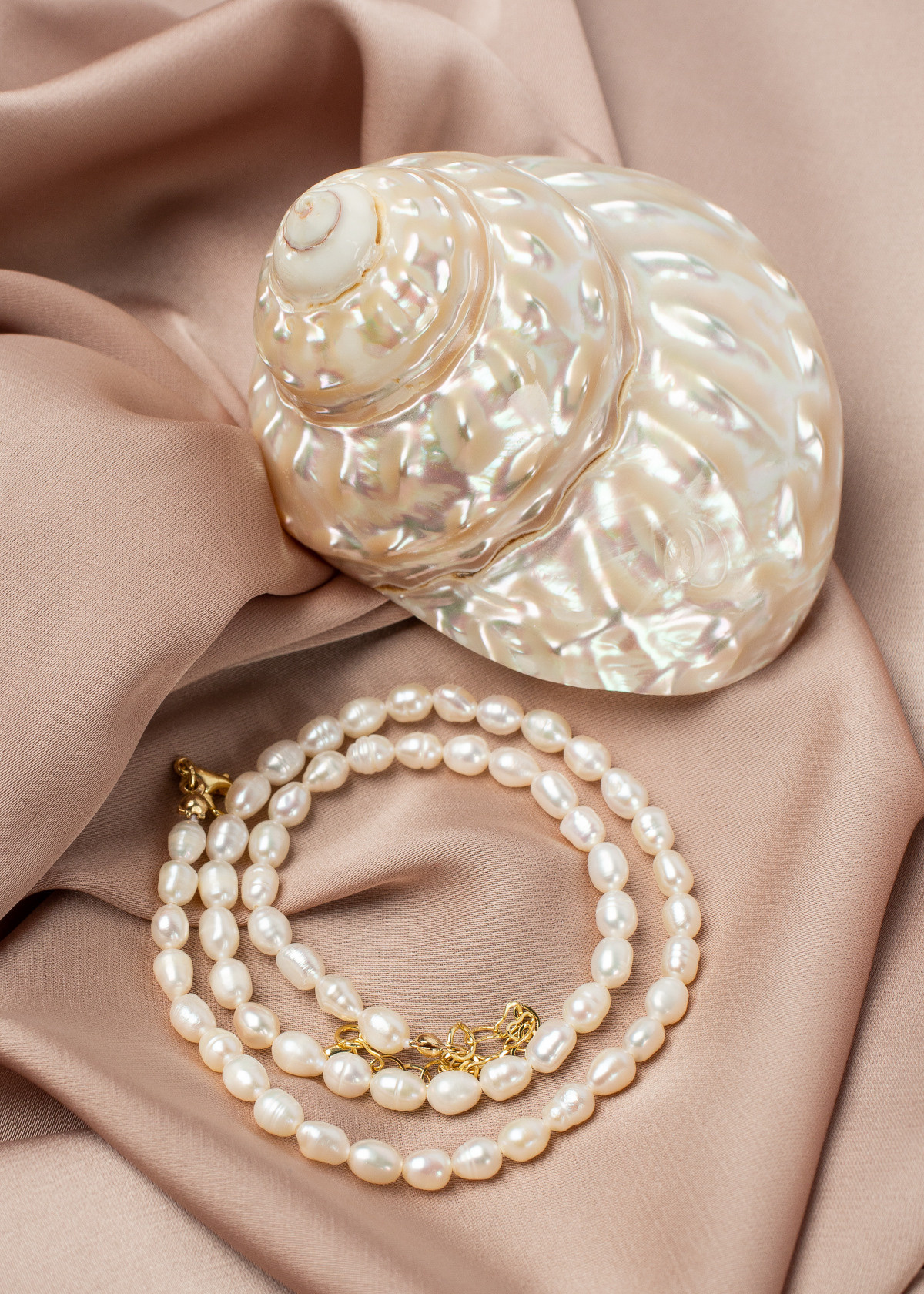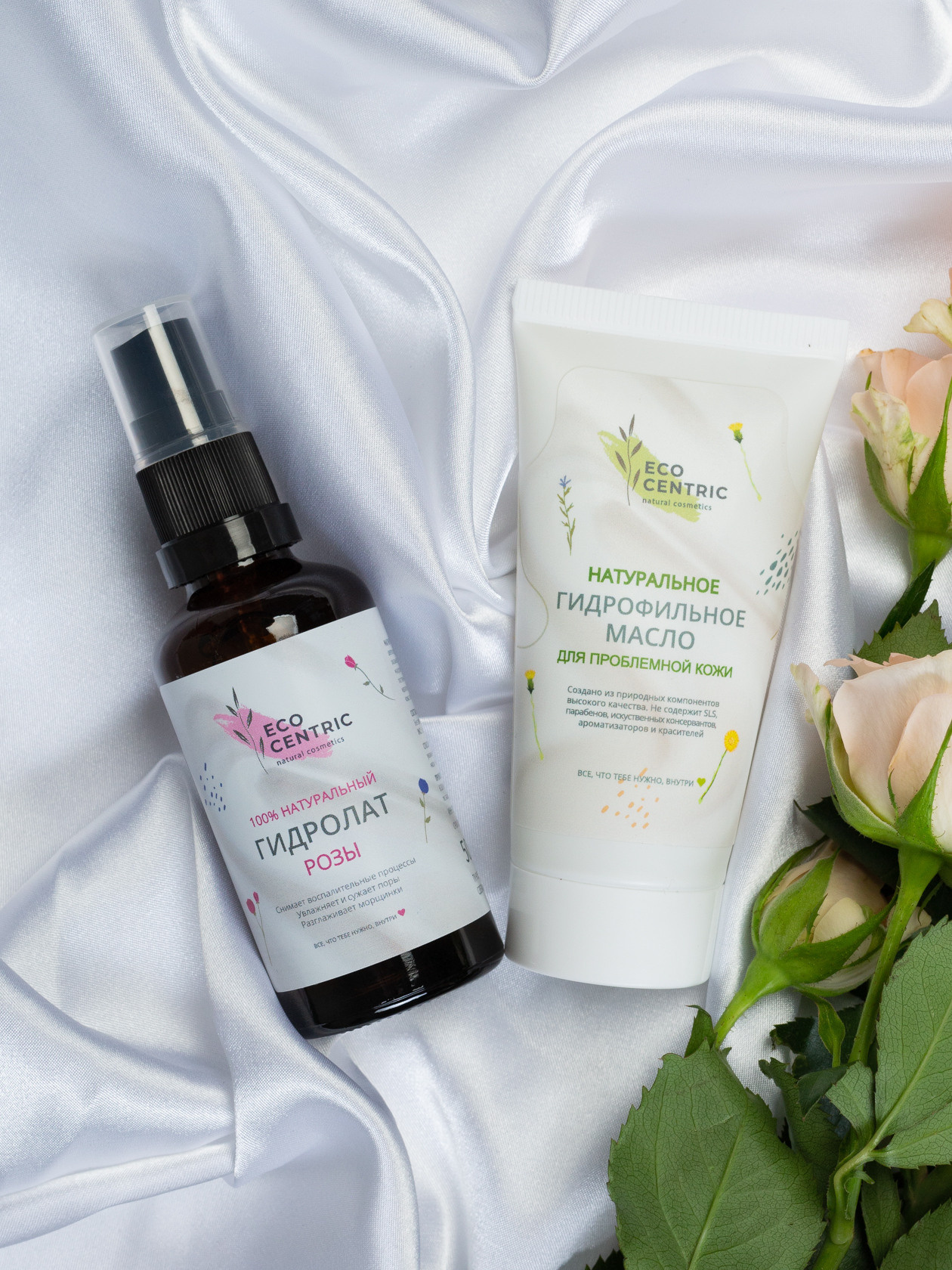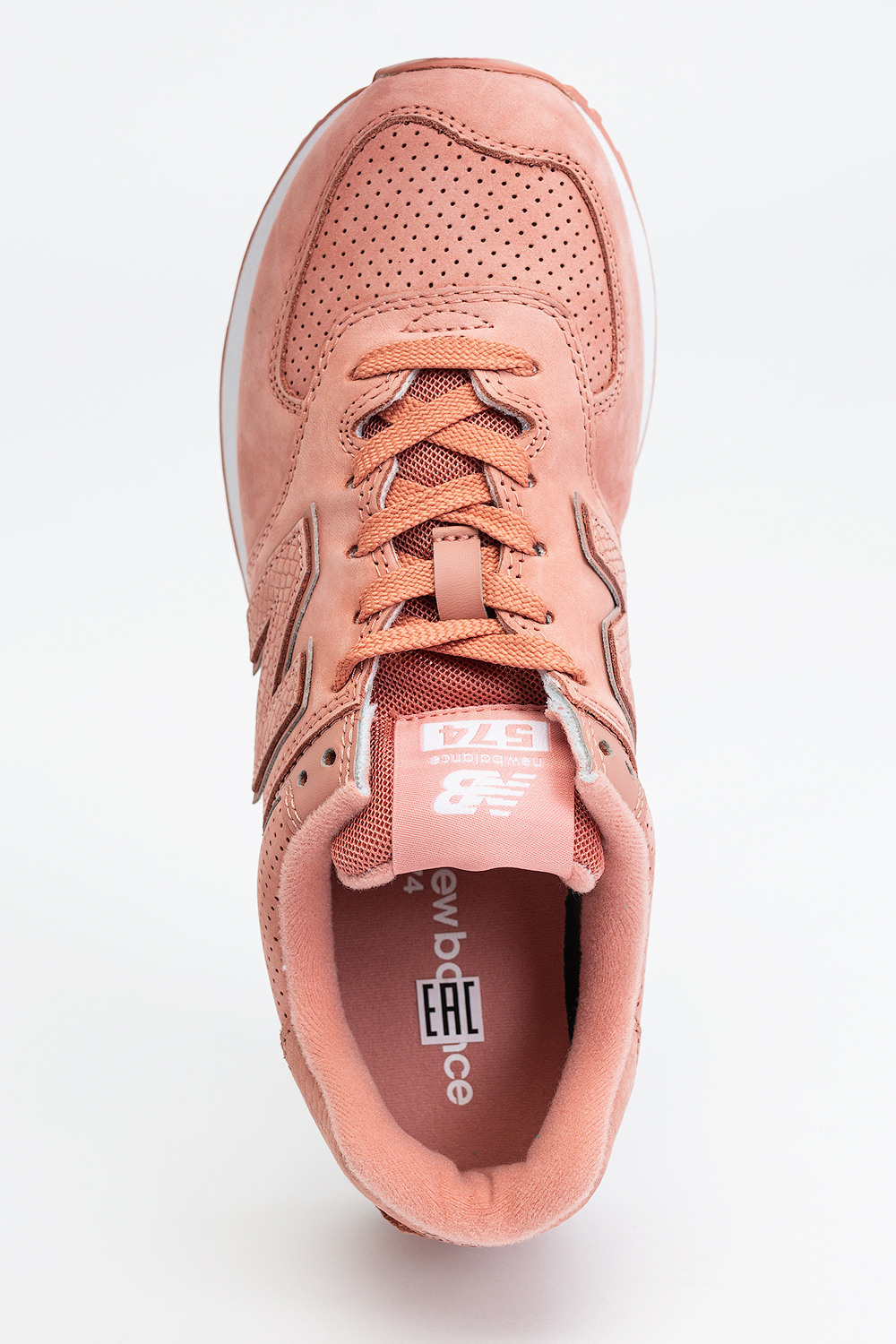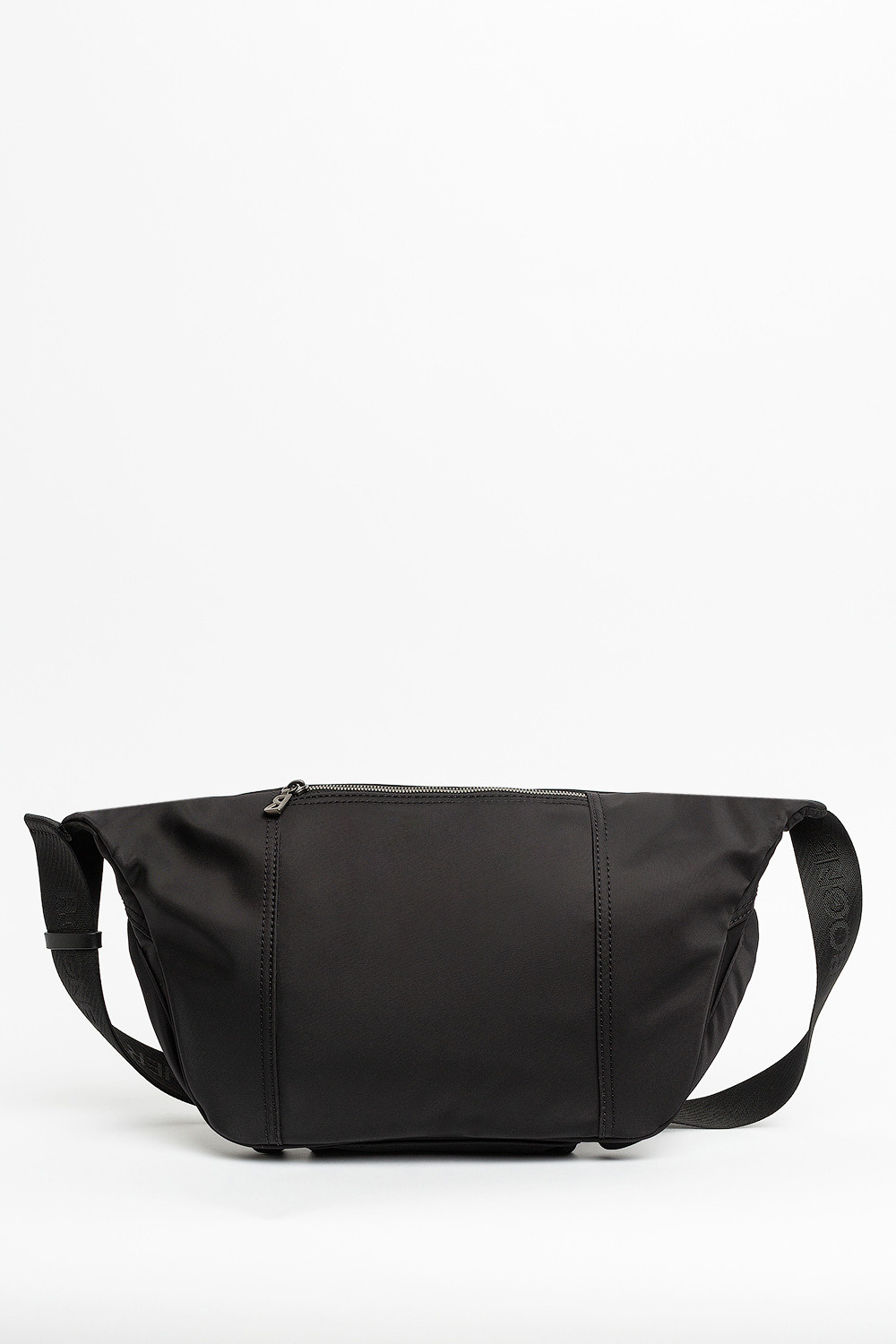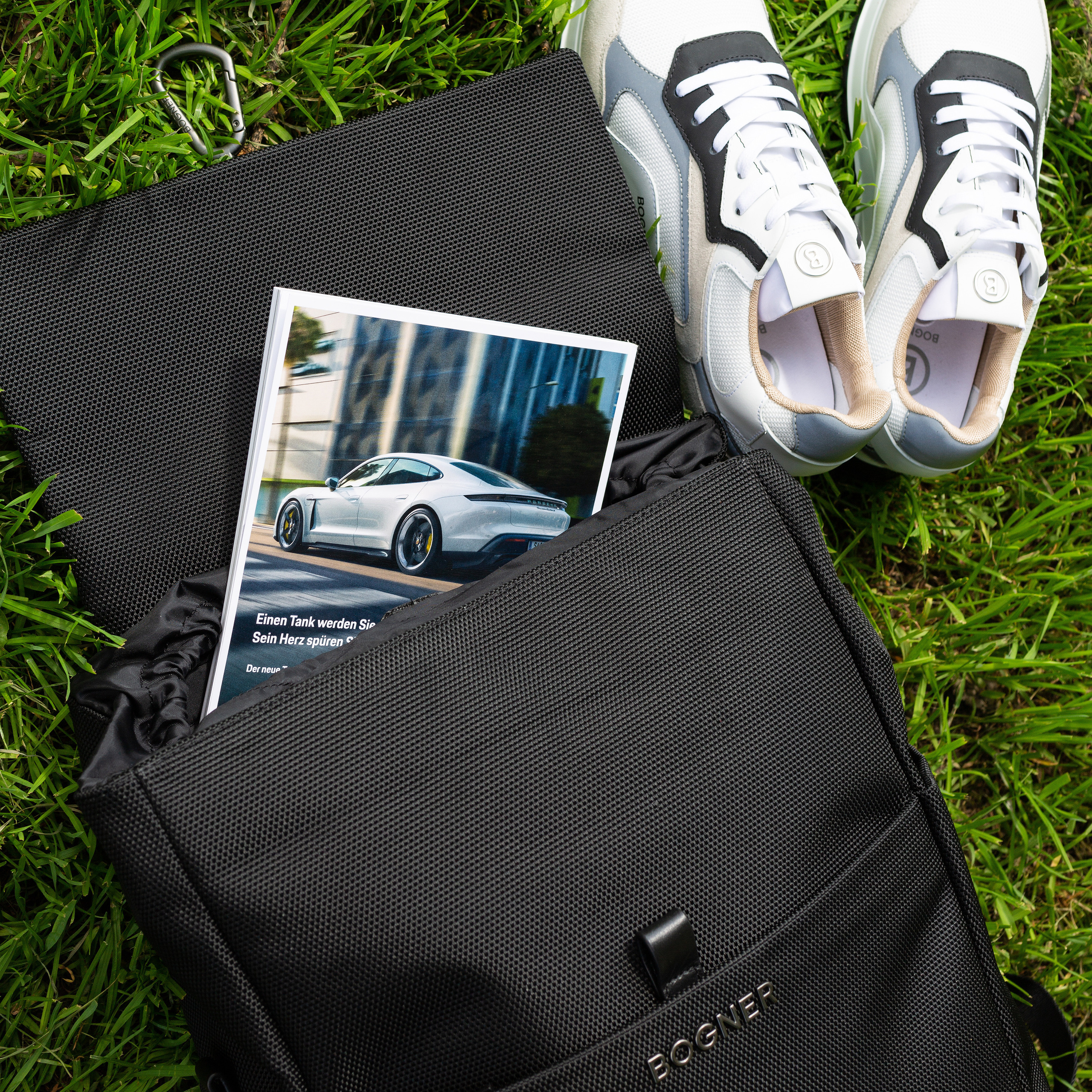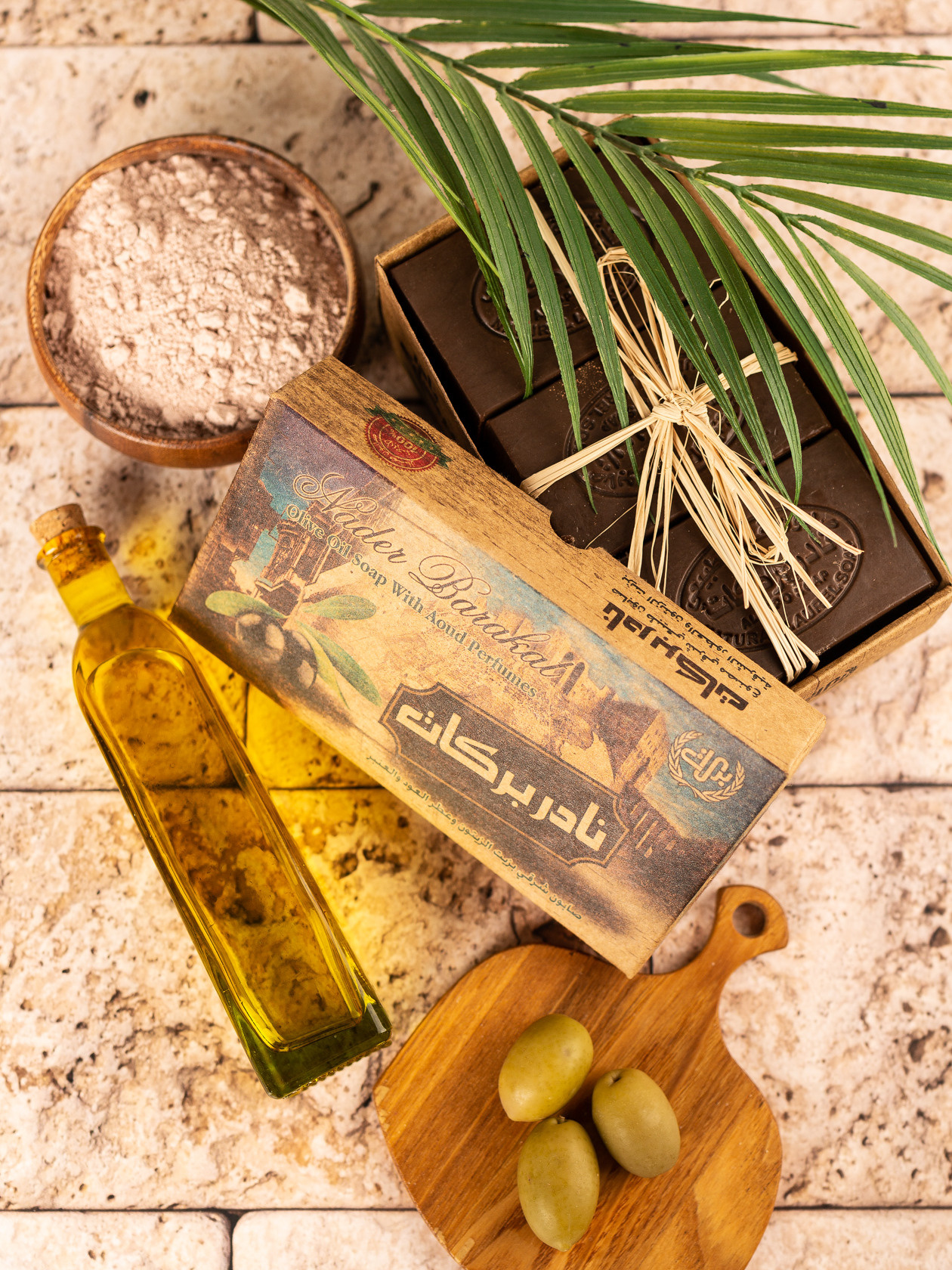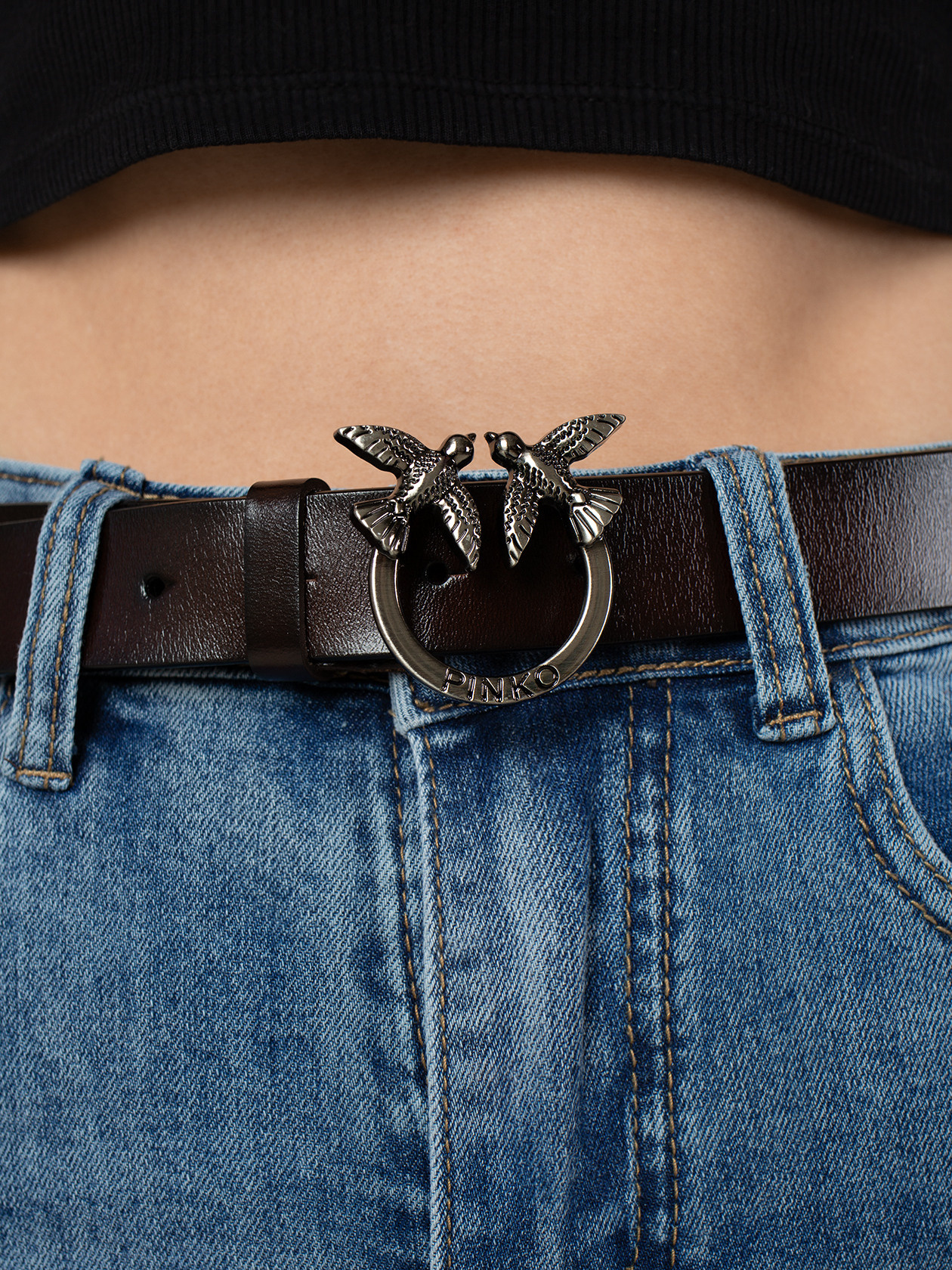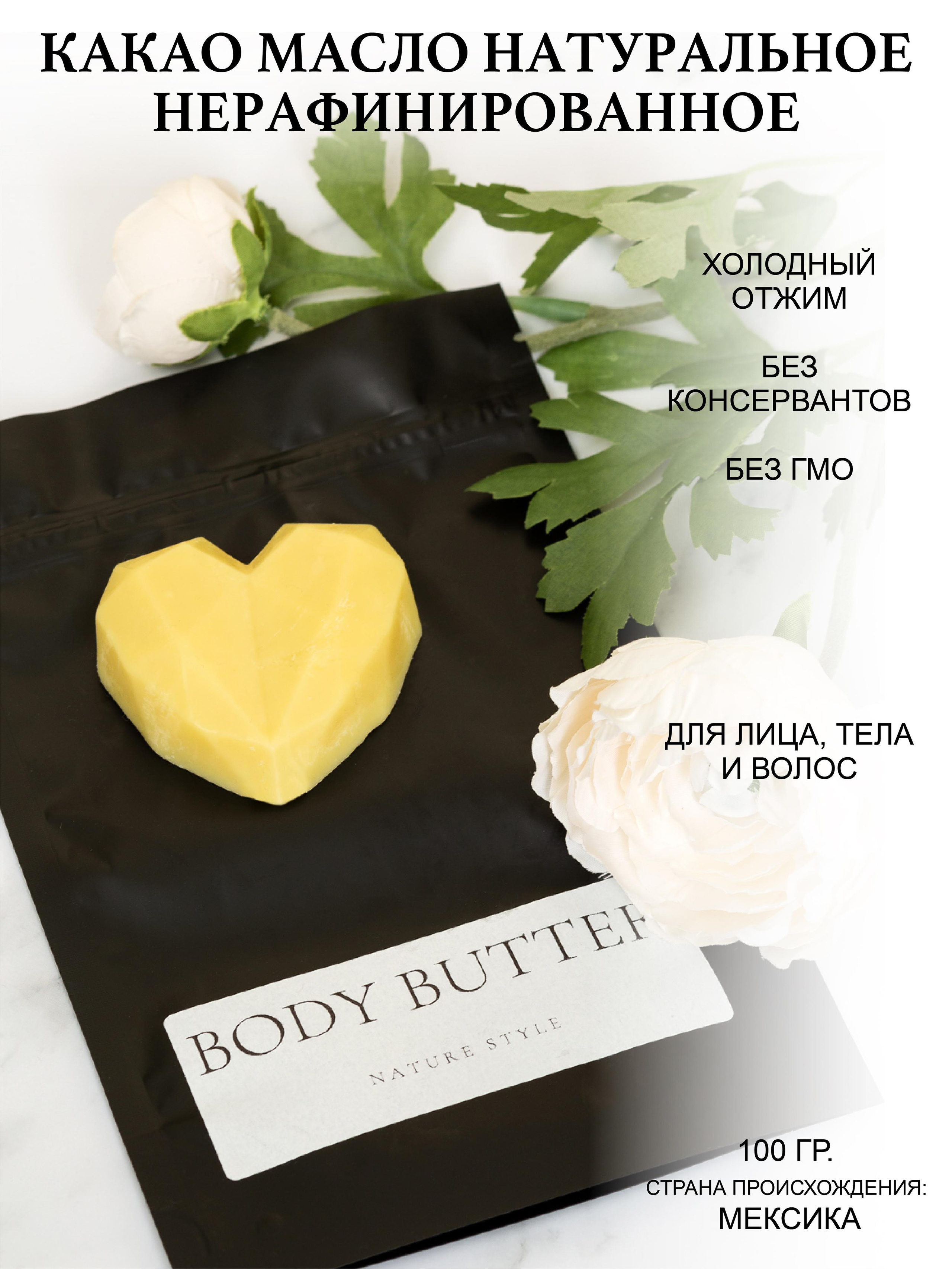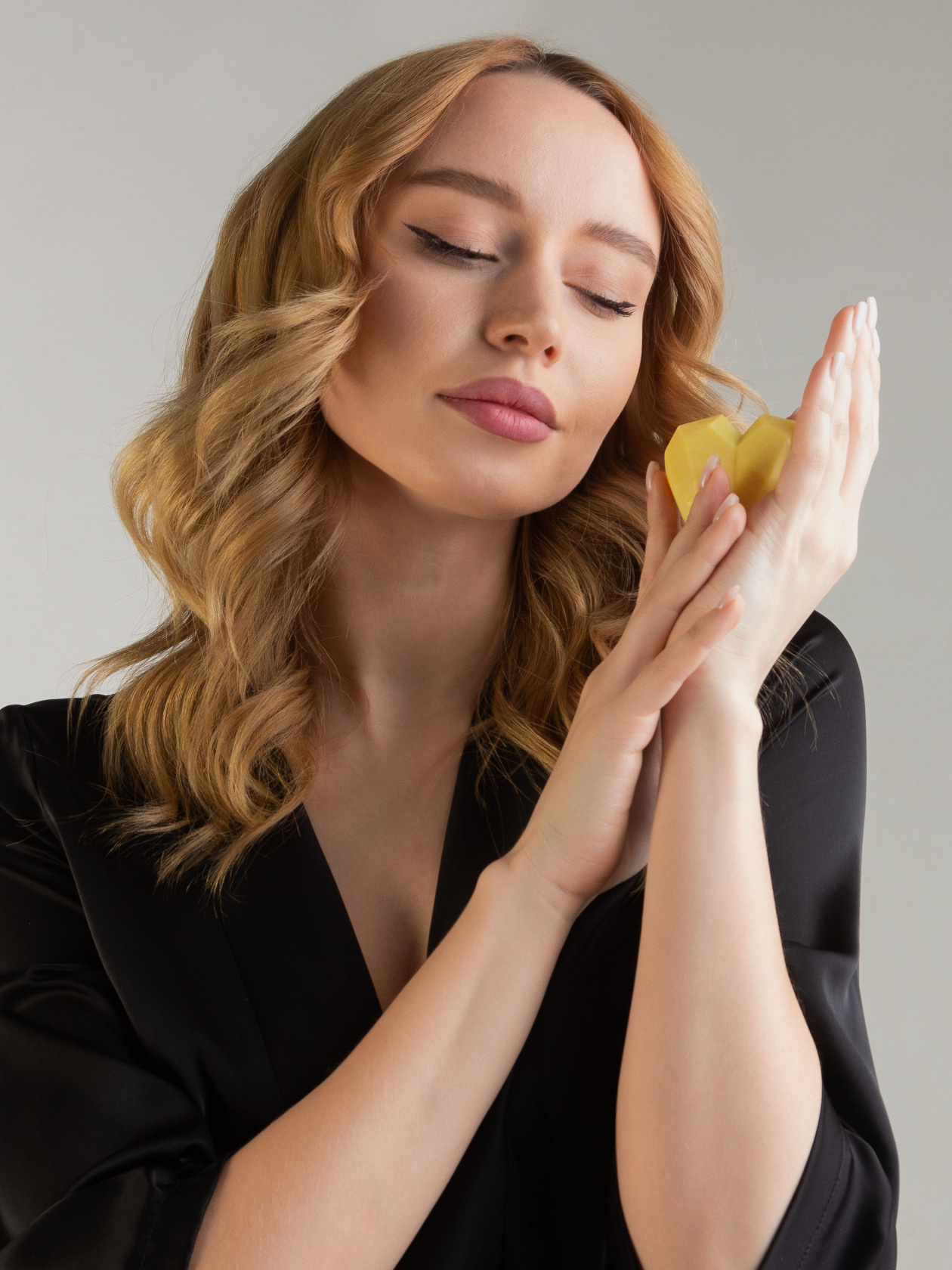Still-Life ➔
Still-life photography is crucial for businesses because it is often the first point of contact with potential customers. High-quality images of products can make a significant impact on a customer’s decision to purchase. In the case of catalog photography on models, the work of the team is crucial. A good photograph is not just the result of the photographer’s work, but also the efforts of the stylist, makeup artist, assistant, and of course, the model. The entire team works together to sell the item from the catalog.
If we remove the model from the equation, the item becomes the sole focus of the photograph, turning it into still-life photography, and this can be a challenging task.
Clear product photography is a well-known format for us on marketplaces and online stores. It involves a light background, even lighting, and high attention to details, form, and texture. It’s an ideal minimalism for good sales.
When it comes to still-life photography, it’s not just about a simple white background and even lighting. By adding color backgrounds, incorporating props, and placing products in interiors, you can give your photos depth and show off the product in a more creative and appealing way. This can help increase both sales and the perceived value of the product.
Still-life photography has proven itself not only for direct sales but also for advertising and SMM purposes.
For key positions, still-life photography can be developed into short stories that are closer to advertising photography. A story is a ready-made post on social networks or raw material for promotional materials. It can wrap up the most popular or iconic items of the collection.
When it comes to still-life photography, an elegant solution is to add images with models. This solves both technical problems (such as showing the size of the product) and stimulates sales (most customers associate themselves with people in photographs and tend to choose items that are shown on models).
The photographs of the same product, body oil, were used for two different purposes — a catalog and social media. The first set of photos were taken in a classic product photography style, with a white background and close-up shots of the bottle, label, and texture of the oil. These images were used for the catalog and website, as they showcased the product in a clear and concise manner.
The second set of photos were taken in a lifestyle format, with a model holding and using the body oil in different settings such as in a spa, at home, and during a yoga session. These photos were used for social media posts and ads, as they helped to create an emotional connection with the product and showcase its benefits in a real-life context.
By combining these two types of photos, the brand was able to effectively market the product in multiple ways and appeal to different audiences. The catalog photos focused on the product’s features and details, while the lifestyle photos showed the product in use and created a relatable experience for the customer.

